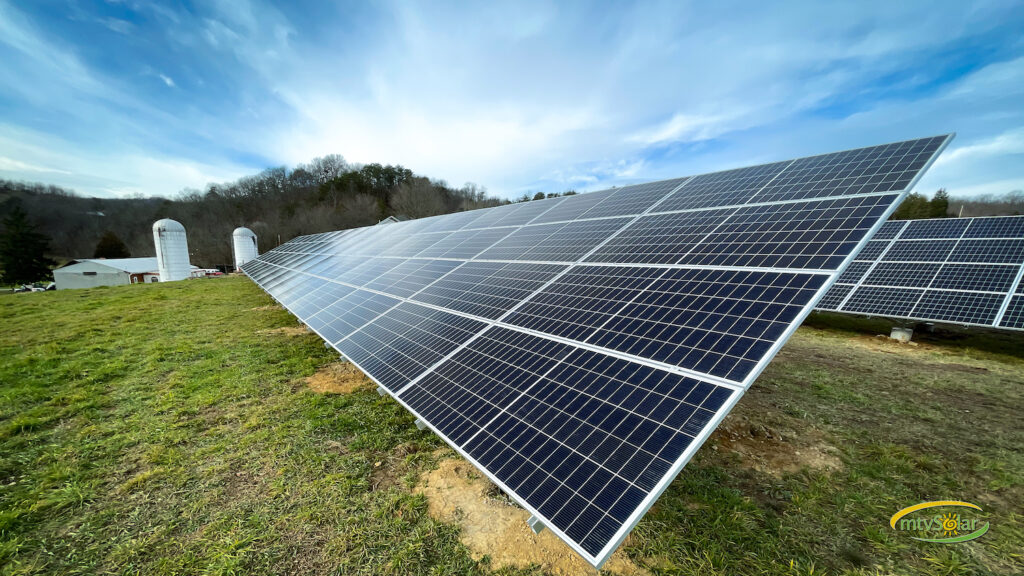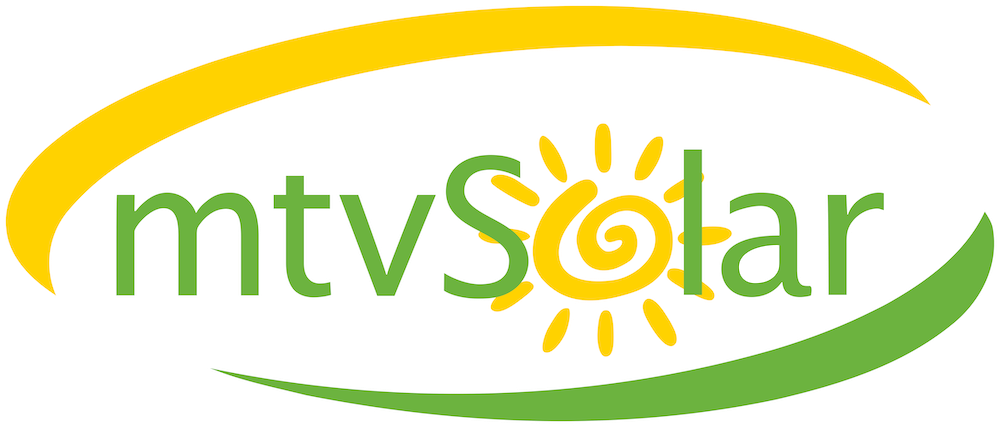Utility-sized solar projects – from solar farms to community solar – are gaining traction in the Mid-Atlantic region. For some communities, there is still some wrangling at the local level about how to fit projects into their unique settings. Solar farms in Virginia have some counties concerned about their traditional farm legacies alongside larger-scale solar energy technology. Concerns have sometimes been fueled by misinformation about the impacts of ground-mount solar arrays on farms, crops, the power grid and even the weather itself.
Renewable energy advocates know that large fields of solar panels can be jarring for people who are used to seeing open fields, cows graze there or hay growing. But there is plenty of proof that agriculture and solar generation can work well together – boosting local energy production, lowering fossil fuel dependency and even raising farmers’ bottom line with lease revenue.

In counties that prize their farm heritage and the traditional look of their countryside dotted with barns and grain silos, some proposals for solar farms have met with opposition and even with changes in their zoning. Their argument — that solar panels will replace farm fields meant for crops and animals — doesn’t have to be the case and misses some of the big benefits of solar farms and agrivoltaics (solar and farming together on the same land).
Many projects in the Mid-Atlantic region are small solar farms to be a good fit for farmland. With careful planning to construct the ground-mount arrays responsibly, a farmer can harness the value of their land to create renewable energy and boost their farm revenue for decades, depending on their lease agreements.
One of the growing opportunities for placing solar farms is in areas that simply aren’t suitable for crop farming because of soil characteristics. Old strip mines, industrial lots, brownfields and degraded land can be ideal places for large arrays of solar panels, putting abandoned or problematic property to practical use.
“Several independent estimates suggest the country could power itself with roughly the acreage currently dedicated to land most everyone would agree is already degraded. And up to 39 percent could be met by putting panels on roofs. ‘We have tremendous opportunity on rooftops, on parking lots, on other areas like that,’ says Garrett Nilsen, the deputy director for the U.S. Department of Energy’s Solar Energy Technologies Office,” the NYTimes reported in a September 2022 article about the siting of solar farms.

All of these options will be needed to meet targets for shifting America’s energy policy toward renewables. As power demands continue to rise and the electric grid is stretched to meet that demand, solar farms will fill an important role — putting open land to use to generate electricity without polluting that land.
The U.S. Department of Energy is investing in studies to develop the best ways for solar farms and agriculture to work together, seeing the synergy between the two as a promising path for meeting America’s clean energy goals while supporting farms and farming communities.


